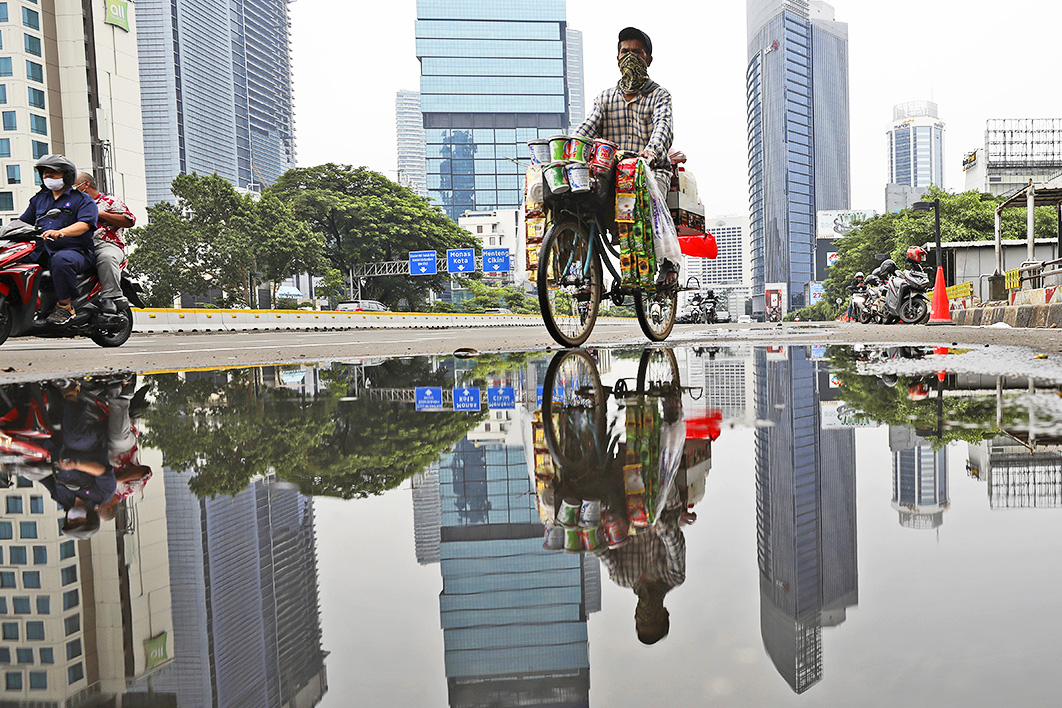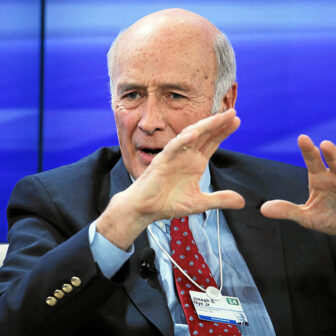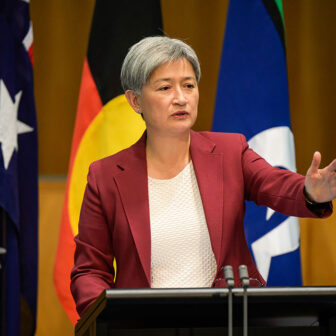The latest forecasts from the International Monetary Fund make for grim reading. Between 100 and 110 million people in developing countries are projected to fall into extreme poverty because of Covid-19, reversing decades of progress in the fight against poverty. Developing countries haven’t been able to spend anything like as much as rich countries, either from revenue or by running up budget deficits, limiting their capacity to battle the pandemic-induced recession. Luckily, there are practical things the rich world can do to help, and it’s not just about foreign aid.
So far, the response of rich-country governments to Covid-19 has contrasted starkly with the response of their counterparts in poor countries. Rich-country governments have increased spending and cut taxes by an average of 10 per cent of GDP since Covid-19 began, and extended similar amounts as loans and guarantees. Poor-country governments have increased spending and cut taxes by just 1.7 per cent of GDP — less than one-fifth that of their rich counterparts — and increased loans and guarantees by a mere 0.25 per cent of GDP — one-fortieth that of rich countries.
Why can’t poor countries spend as much as rich ones? The obvious answer is that they have less money. But remember that most of the extra spending in the rich world is covered by deficit financing: they don’t have the money either. It’s true that poor countries struggle to raise as much tax revenue as rich countries: households and businesses have less income for the government to tax, and the fact that much of their economic activity is more informal means it’s harder to collect and police taxpaying in the first place. But there is another vital reason why poor countries can’t spend as much as rich ones: they are treated fundamentally differently by international financial markets.
Governments that spend more than they receive in taxes usually borrow the shortfall from the public by issuing bonds. But when the public doesn’t have much saved to begin with (as is the case in most developing countries), governments need to borrow from overseas.
This is not unusual. Australia has done it for decades. Because of our strong institutions, foreign investors are happy to lend our governments, banks, businesses and households lots of money, for long periods, at low interest rates, denominated in our own currency. For developing countries, however, it’s often the opposite. When they want to borrow from overseas, they often find they can only borrow small amounts, for short periods, denominated in someone else’s currency (usually US dollars) unless they are willing to pay exorbitant interest rates.
This creates financial risks. The first is called a currency mismatch. If you borrow in a currency that’s different from the one in which you get your income, there’s a risk that, if the exchange rate falls (due to a global pandemic, for example), your foreign debts get bigger while the income you use to service them gets smaller. Investors, fearing default, withdraw their money from the developing country, pushing the exchange rate down even further, causing even more debt and triggering the very default they feared.
The other financial risk is called a maturity mismatch. This happens when a country borrows short-term to undertake long-term investment or spending. Because these short-term debts must be refinanced regularly, the country risks being unable to access international financial markets (due to a global pandemic, for example) to roll over its debt. It either defaults on its loans or is forced to repay the full amount, which may or may not be possible.
Both these factors act as a handbrake on how much developing-country governments can spend in a global pandemic, placing them in an impossible situation. If they don’t increase spending, their people suffer, their economy suffers and then their people suffer even more. But if they take on too much debt, they risk spooking investors and causing a self-fulfilling panic that leads to an inability to repay their debts and, ultimately, a debt and/or currency crisis.
Almost half of the world’s low-income countries are opting for the former: they are projected to cut total government spending in 2020 compared with 2019 levels. This is a shockingly bad thing to do in the midst of the worst economic downturn since the Great Depression. But many governments have little choice. Half of the world’s developing countries are already spending more than 20 per cent of all their government revenues servicing debt and have been deemed by the IMF to be in debt distress or at high risk of debt distress, as of September 2020.
What to do? With too many developing countries too close to their debt limits, two things need to happen: their governments need to get their current debt levels further below their limit, and then they need to work on ways to increase that limit so that, like rich countries, they can rely on debt to support their populations during these difficult times.
Reducing the existing amount of debt means rich countries need to suspend, reduce or (ideally) forgive the debts of poor countries. The G20’s debt suspension initiative is a good start, but it’s too small and it only kicks the can down the road. The sheer size of the Covid-19 challenge means that the only sustainable solution is debt forgiveness, not debt suspension.
Second, rich countries can help ease the international financial pressures on developing countries to allow them to spend more. The way to stop the vicious cycle — investors panic, withdraw their money, push down the exchange rate, inflate foreign-denominated debts, and then panic more — is to ensure developing countries have access to the foreign currencies they need to service those external debts.
A series of virtually cost-free measures — expanded lending by the Asian Development Bank and its international counterparts; bilateral stand-by loans like Australia’s facility for Indonesia; expanded currency swap lines, which allow a developing country’s central bank to temporarily swap its currency for that of a developed country’s central bank — can be facilitated by rich-country governments. They would reassure international financial markets that a given country will be able to service its debts, thus killing off the self-fulfilling cycle and changing the way international financial markets treat that country. And they would reduce the cost of developing countries’ debts and let them do what the rest of the world is doing: spend more to fight Covid-19.
The fight against Covid-19 will be won or lost in the world’s developing countries. As rich countries like Australia get on top of the pandemic, they need to start focusing more on what’s happening in the rest of the world. The progress in reducing global poverty has been too important for it to be lost now. •




